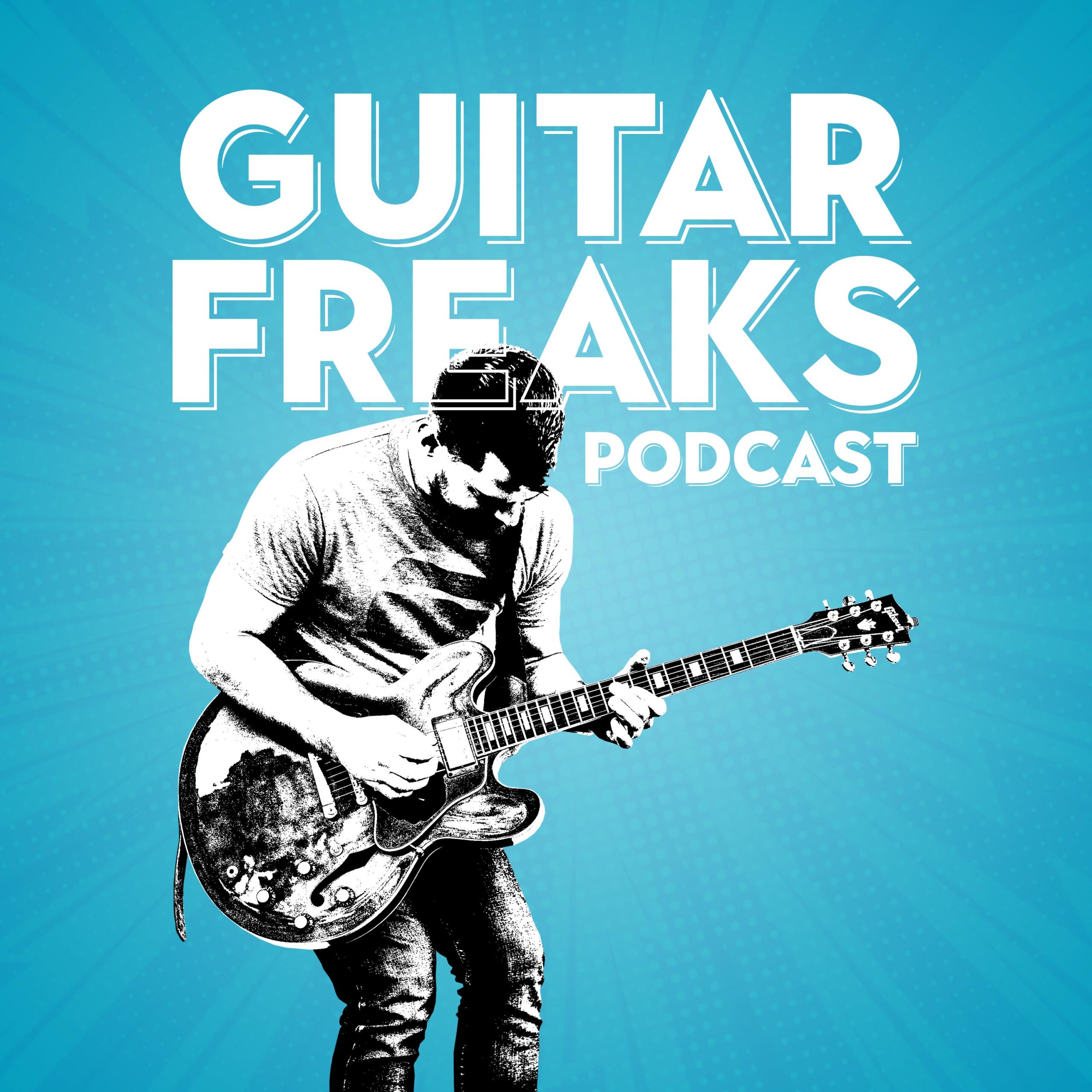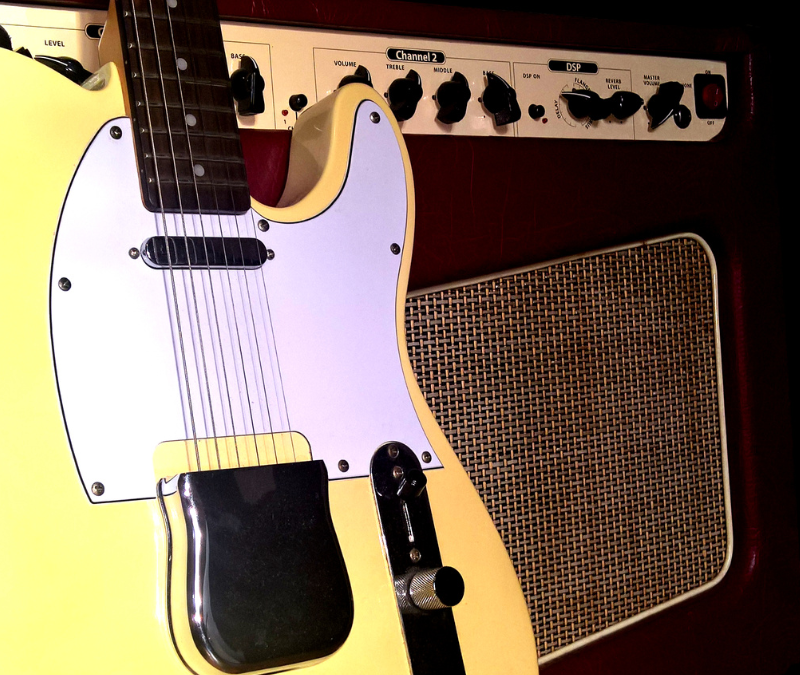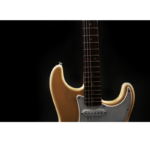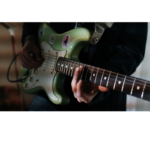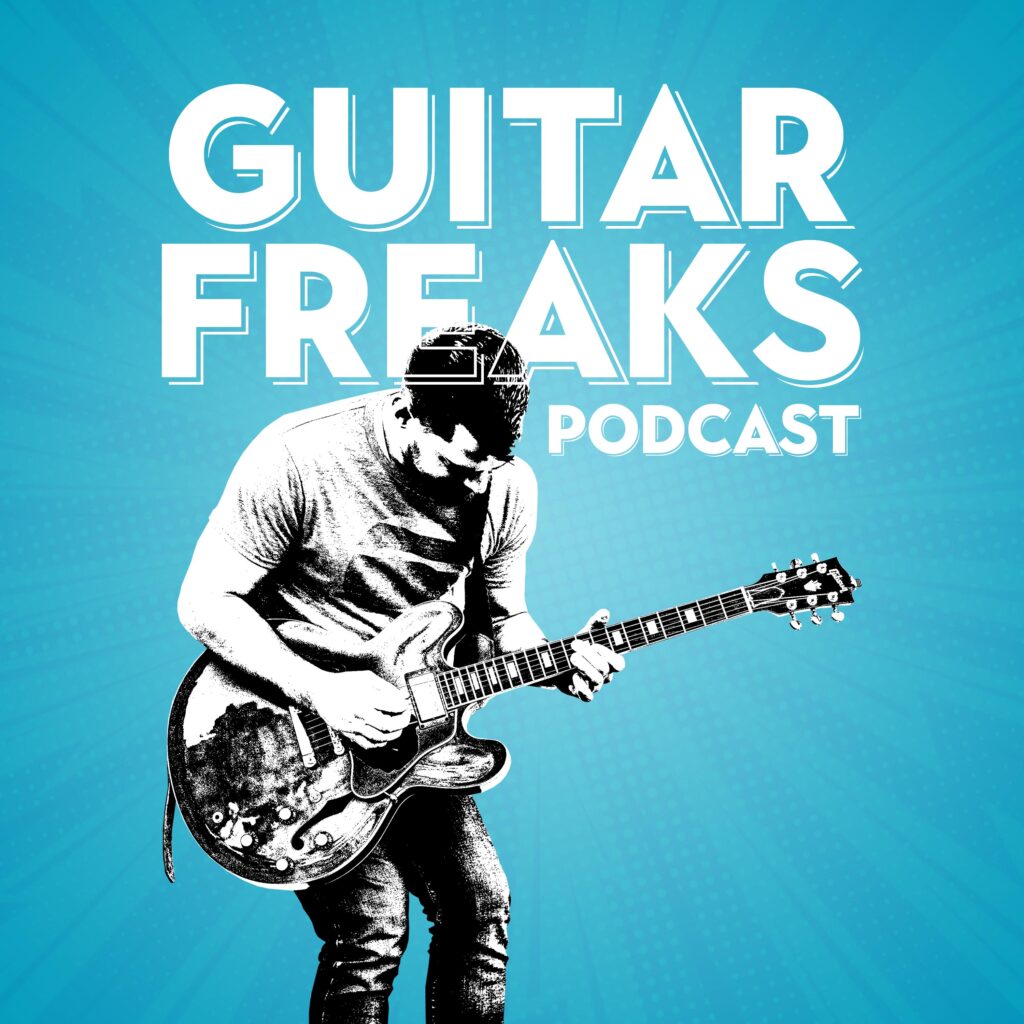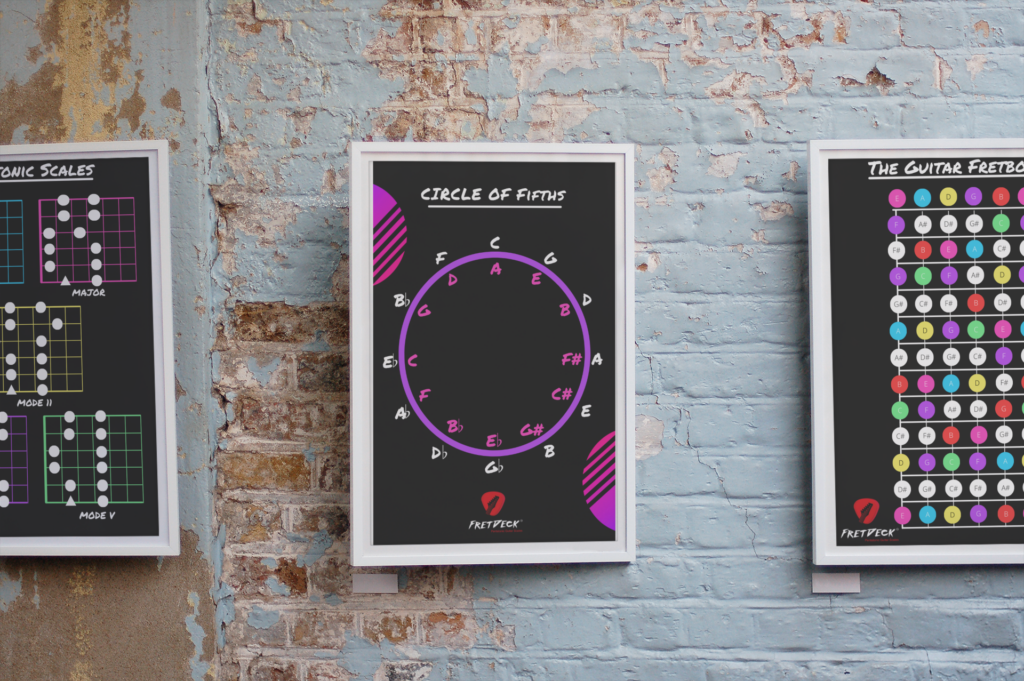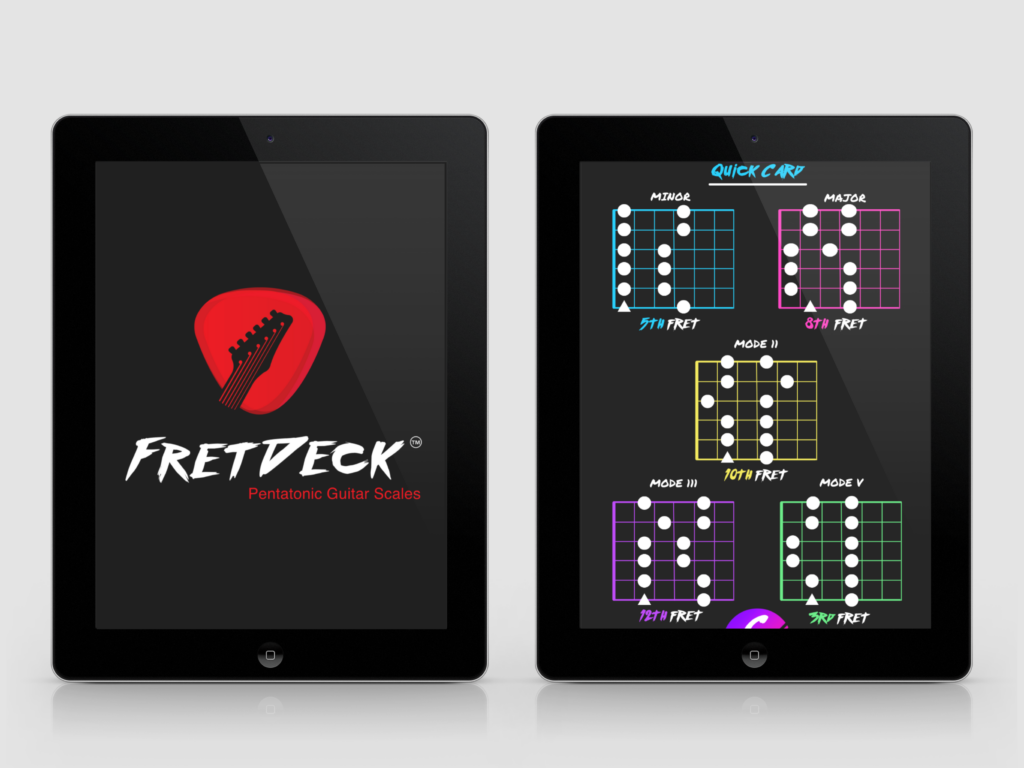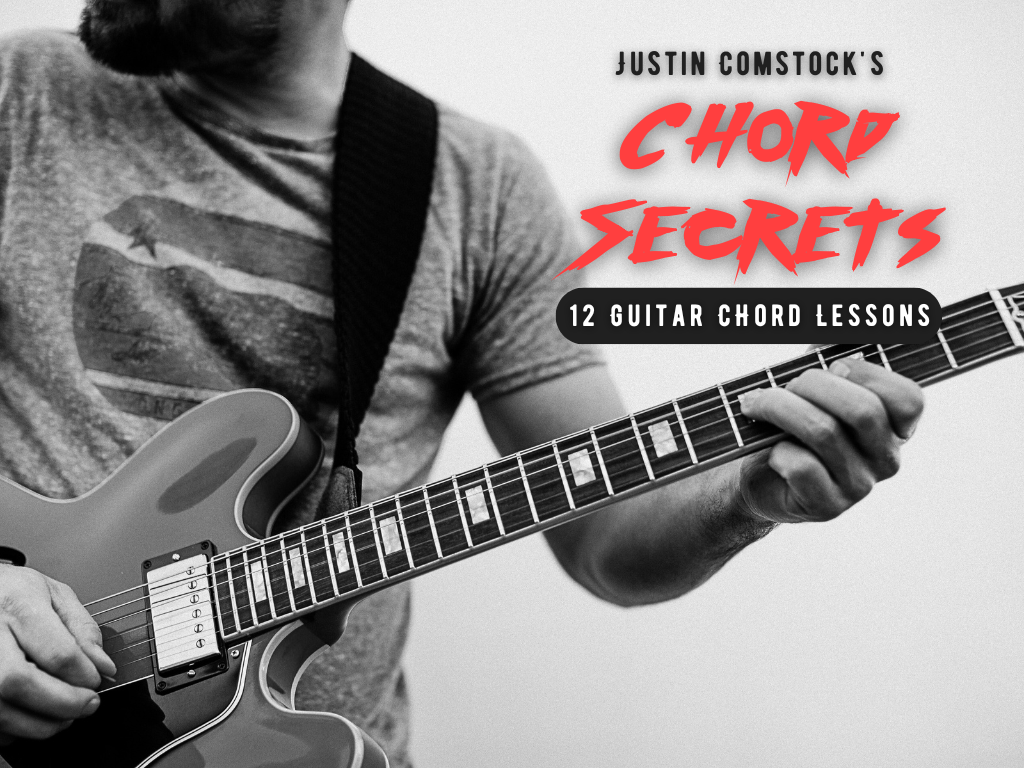You’re sitting with your guitar. The chords are flowing, the vibe is just right—and then someone says,
“Take a solo!”
Suddenly, it’s as if your fingers forgot they ever touched strings.
You blank out.
You throw down a few notes from that tired old scale shape… and hope nobody notices how awkward it feels.
Meanwhile, someone else—maybe a bandmate or a player on YouTube—makes it look effortless. They solo on guitar like they’re speaking a second language. Melodic, emotional, in-the-pocket.
So what’s their secret?
Let me be blunt:
It’s not talent. It’s not years of lessons. It’s not some mystical ability passed down by Clapton himself.
It’s a system. A simple, learnable process that turns you from hesitant noodler into a confident, expressive soloist.
And in this post, I’m going to hand you that system.
Better yet? I’ll introduce you to a tool that makes it easy to learn:
It’s called FretDeck™, and it’s changing the way guitarists learn to solo. Plus, I’ll invite you to our private Guitar Freaks Discord, where players like you practice, jam, and trade feedback.
Let’s break the cycle—today.

❌ Stop Guessing. Start Shredding.
If you’re still fumbling through scale patterns and box shapes… it’s costing you progress.
FretDeck™ is the no-fluff system that shows you exactly how to master the fretboard—fast. Early access.
⚡️ This isn’t for dabblers. It’s for players who want results.
👉 Click here to join the pre-launch now
Early access. Limited rewards. Don’t wait.
🎸 From Stuck to Smooth: Jason’s One-Week Solo Transformation
Meet Jason.
Three years into his guitar journey, he avoided solos like bad open mic poetry.
“I know the scales,” he said, “but when I try to solo, it sounds like random notes. Nothing flows.”
Sound familiar?
So we threw out the scale books and got practical. In one week, he went from unsure to unstoppable. Here’s how.
Step 1: Stop Running Scales—Start Targeting Notes
Most players learn the minor pentatonic… and then run it like a treadmill.
But if you want to actually solo on guitar, you’ve got to land on the right notes at the right time.
Let’s say you’re over an A minor chord. These are your gold notes:
- A – the root (your anchor)
- C – the minor third (adds tension)
- E – the fifth (gives strength)
Don’t just sprint through patterns. Aim for these tones. They’re what make a solo sound connected to the music.
Step 2: Learn One Shape—Then Master It
Forget learning every scale position. You don’t need five shapes to solo. You need one you actually know how to use.
Here it is:
🔥 A Minor Pentatonic (5th fret):
e|----------------5----8----|
B|------------5----8-------|
G|--------5----7----------|
D|--------5----7----------|
A|--------5----7----------|
E|----------------5----8--|
Don’t just memorize it. Own it.
That means bending, sliding, phrasing, and finding melodies within it. FretDeck™ will help you do exactly that.
Step 3: Sound Pro-Level with These 3 Simple Tricks
Jason knew the shape. But it still sounded robotic—because he played every note the same way.
Here’s how we fixed that—fast.
1. Bends – Add Voice to Your Guitar
Instead of playing a note, bend it up to the next one.
Example: 7th fret on the G string → bend it to sound like the 9th.
Instant soul.
2. Slides – Glide Into Notes Like a Pro
Play the 5th fret, slide to the 7th.
You’re not just playing notes—you’re moving through them.
3. Vibrato – The Ultimate Secret Sauce
Play a note. Now gently shake it.
Listen to B.B. King. That’s not just blues—that’s emotion through vibrato.
Jason applied these tricks over one backing track for 15 minutes a day. In 7 days, he sounded like he’d been soloing for years.
🎯 The Fastest Way to Learn How to Solo on Guitar (Without Getting Lost)
Let’s get real.
You could spend the next year jumping from YouTube videos to blog posts, piecing together a soloing method like a musical Frankenstein.
Or you could get a tool that shows you:
✔ The right scale shapes
✔ The target notes for every chord
✔ The phrasing techniques that make it musical
That’s what FretDeck™ is built for.
What is FretDeck™?
FretDeck is a visual guitar learning system that helps you solo with confidence, precision, and soul.
It’s a deck of training cards designed to:
- Unlock pentatonic scales in every key
- Show how scales connect with chord tones
- Offer practice prompts for phrasing, licks, and improvisation
- Replace guesswork with real understanding
🎯 No apps. No theory overload. Just a deck. Your guitar. And rapid progress.
“FretDeck feels like a roadmap to soloing. I don’t get lost anymore.” – Darren, guitarist & backer

❌ Stop Guessing. Start Shredding.
If you’re still fumbling through scale patterns and box shapes… it’s costing you progress.
FretDeck™ is the no-fluff system that shows you exactly how to master the fretboard—fast. Early access.
⚡️ This isn’t for dabblers. It’s for players who want results.
👉 Click here to join the pre-launch now
Early access. Limited rewards. Don’t wait.
🎁 Grab Your FretDeck – Now on Kickstarter
We’re live right now on Kickstarter—and this is your chance to get early access (and limited bonuses).
👉 Back the FretDeck Campaign Here
✅ What You Get:
- The full FretDeck: Pentatonic Scales system
- Bonus Practice Prompt Deck
- Our Stretch Goal: A brand-new Chord Progressions Deck if we hit $15K
- Immediate invite to our private Discord community
👥 Join Guitar Freaks Discord: Learn, Jam, Get Feedback
Soloing isn’t a solo sport.
That’s why we built the Guitar Freaks Hangout Discord—a private group where guitarists swap solos, post jam tracks, and give real feedback.
Inside, you’ll get:
- Weekly soloing challenges
- Custom backing tracks to practice with
- Real-time input from fellow players (and me)
- Progress accountability so you actually improve
🎸 Join Guitar Freaks Hangout Now
Final Word: You Can Solo on Guitar (And Sound Damn Good)
This isn’t about shredding.
It’s about telling a story. One note at a time. With purpose, feeling, and groove.
If you’ve ever felt stuck, overwhelmed, or like soloing was for “other players”—now you know the truth.
You can solo on guitar.
You just need the right starting point.
So here’s your next move:
🎁 Back FretDeck on Kickstarter
🎸 Use the system to master scales, phrasing, and chord tones
🤘 Join our Discord and start soloing with real feedback
Let’s make your next solo the one they remember.
👉 Join our Discord here:
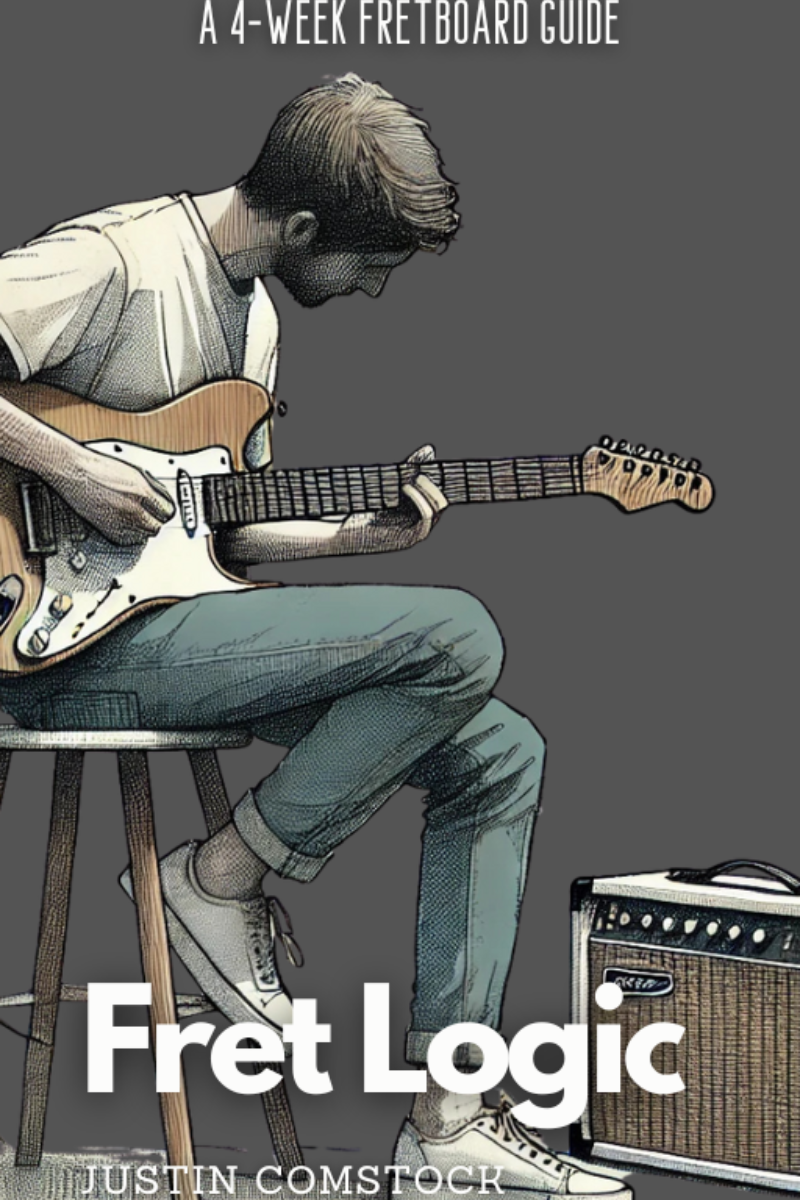
Join Guitar Freaks Hangout on Discord! 🎸
Get Fret Logic FREE!
Join the Guitar Freaks Hangout Discord and get exclusive access to my entire e-book, Fret Logic! Master the fretboard and elevate your solos with this comprehensive guide.
👉 Don’t miss out—join now and download your free copy!
Final Thoughts: Your Soloing Breakthrough Starts NOW
If you’re tired of feeling lost when it’s time learn how to solo on guitar, here’s your simple game plan:
1️⃣ Learn the A minor pentatonic scale
2️⃣ Target key notes in the chord progression
3️⃣ Use bends, slides, and vibrato for expressive phrasing
4️⃣ Stop overcomplicating it—just play and experiment
5️⃣ Supercharge your learning with FretDeck
6️⃣ Join our Discord & start soloing with confidence
Now go grab your guitar and start creating solos that actually sound amazing! 🎸🔥
For a deeper dive into mastering guitar solos, explore our detailed article on How to Play Guitar Solos: A Beginner’s Guide. This resource offers step-by-step guidance, practical exercises, and insights to enhance your soloing skills.
